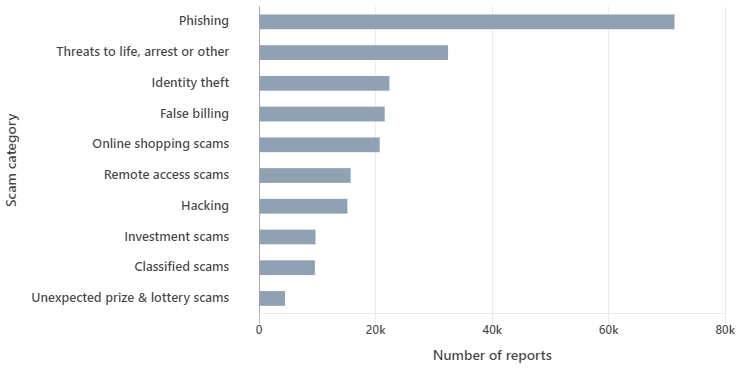




对不起,此内容只适用于美式英文。
We’ve all seen spam and fraud in our everyday life. Luckily, it is often easy to see through them before it is too late. But especially on the phone, it can be tricky to distinguish a genuine call from a scam call. On tellows-au.com we receive reports about scam callers everyday. The users may ask themselves, why is the person calling me? The caller already knows my name and address, so it has to be trustworthy, right? – No way! We tell you what common frauds look like and how you can protect yourself from them.
Scam Losses Rise
In 2021 Scamwatch reported, that losses exceeded $211 million in the phone scam area between January and September. This numbers is even higher than it was for the whole year 2020. In 2021 Scamwatch received over 113,000 reports about phone scams.
Less people reported losing money in 2021. On the other hand, those people who lost money, have lost larger amounts with an average loss of $11,000.

Scamwatch published the top 10 scam methods of 2021. Phishing is the most reported scam showing how dangerous this scam has become and that exercising precaution with sharing data is the number one priority.
Common Types of Scams
Scammers like to tell stories and make you believe that the call is urgent by putting pressure on you. For example there is a time senstitive event with only limited offers left or your safety is at risk when you don’t allow access to your computer or pay a debt immediately. Sometimes they pretend to be from well-known company or your insurance. Maybe you also receive a text message or a silent call where you have no chance to even answer the phone. These are just some tricks Australian scammers use to make you call back and share sensitive data.
It’s very concerning to see these scams evolving and becoming more sophisticated to steal even more money from unsuspecting people. – ACCC Deputy Chair Delia Rickard
继续阅读 →





